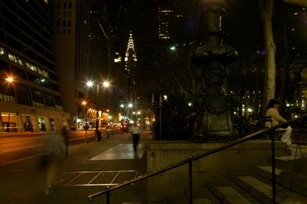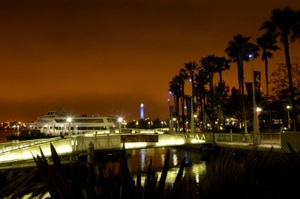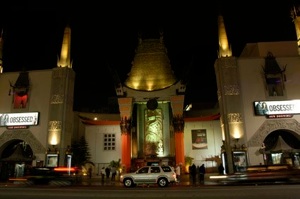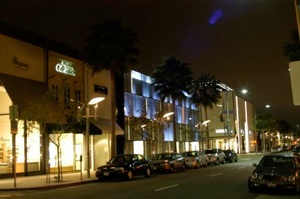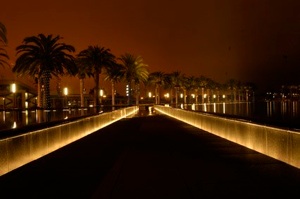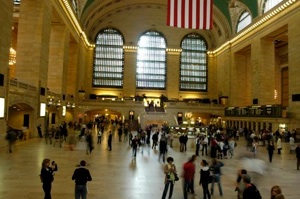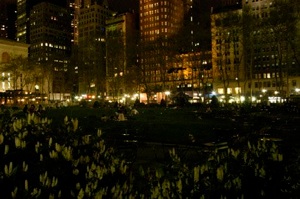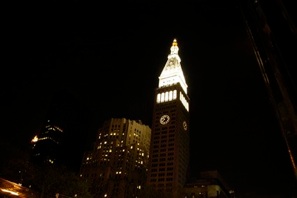Report Summary of Trip to USA on April the 20th until May the 1th 2009
The trip, first to Los Angeles and then to New York was overall very successful: it was inspiring and gave plenty of new and interesting perspectives concerning the importance of professional lighting design in the urban environment. The differences and similarities in how to manufacture lighting design in the two major cities on the east and west coast was very interesting. I met many engaged, competent and well experienced people, recommended by Alison Ritter, Gad Giladi and Jan Ejhed from Professional Lighting Designers Association (PLDA). Those whom I met are leaders of organizations that have been established for many years (HLB Lighting Design since 1968), and they have commissions all over the United States as well as in other parts of the world. They have a broad clientele and offer practically every service there is within lighting design, including educational. At the Lighting Research Centre in Troy I discovered not only exceptional ways of exploration and education, but also incredible development and offering of unique products. Prior to each meeting I had questions prepared, concerning educating lighting designers and architects, about the work process about projects, the need for further research, development of masterplans, guidelines and regulations regarding energy and lights and so on. Due to my preparations I believe I have gained good comprehension, covering the past, present and the future, of the development in the American lighting design. Every single one of the meetings was marked significantly by the eminent American generosity, which I found to be the greatest profit obtained from the trip. Although it should be mentioned that I am also very content with my studies and the big diversity in lighting and urban environments that I documented, both the ones found on my own as well as the ones recommended by PLDA. Everything is put together in a great collection of notes and pictures.


